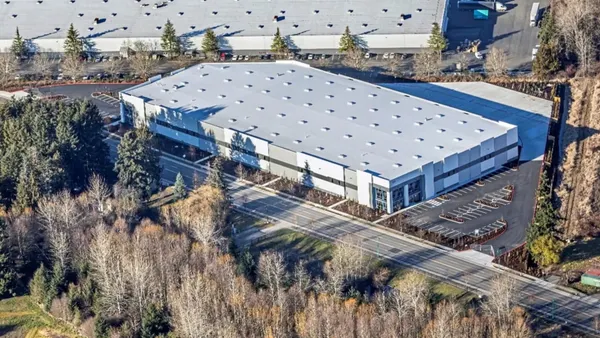Dive Brief:
- Online sales of groceries could expand to $100 billion annually by 2025 — 20% of total grocery retail — with Amazon well ahead of its competitors, Forbes reported.
- The acquisition of Whole Foods helped boost the company's market share. Whole Foods' private brand, 365 Everyday Value, coupled with Amazon's own private labels as well as with its Prime Fresh and Prime Pantry options, is driving the market strategy, with 365 Everyday Value now Amazon's second-best private label brand.
- Shopper preference trajectory generally runs from initial purchases of drinks and snacks to dried goods then eventually to produce. In Amazon's case, this trajectory aided by AmazonFresh, a same-day delivery service currently available in select cities, though due to expand in coming months.
Dive Insight:
Entrenched shopping habits and cold chain challenges continue to inhibit online grocery adoption.
The U.S has generally been slow to adopt online grocery shopping, with a mere 6% increase in sales since 2014.
Amazon Locker has hastened appeal, where customers can retrieve their online purchases in less time than a home delivery might take, yet frozen food quality and condition continues to be a sticking point.
Both produce and frozen food remain low on the list of satisfaction for online grocery shoppers.
Much of the issue revolves around the vehicles used to transport delivery, as few are fully equipped with sufficient temperature control options, which means that items that should remain cold often thaw during the various deliveries made by a single truck.
Though the Whole Foods addition to Amazon grocery options certainly increased the company's lead, the solution to resolving the last mile cold chain conundrum remains elusive. A more efficient method of transport storage could increase those projected adoption numbers.











